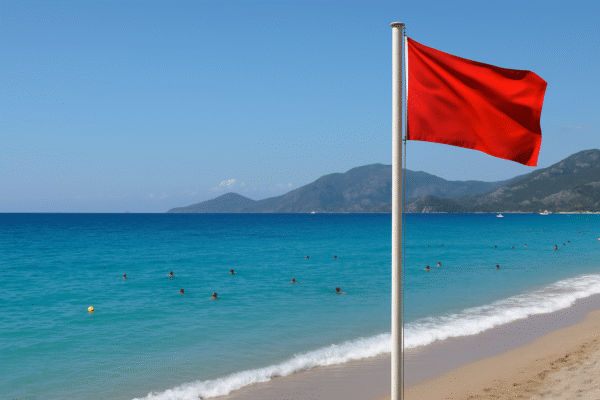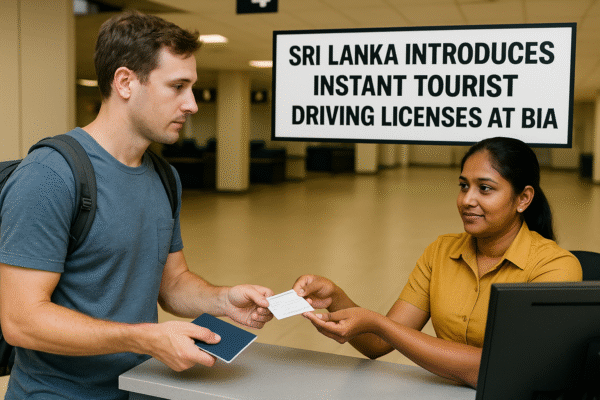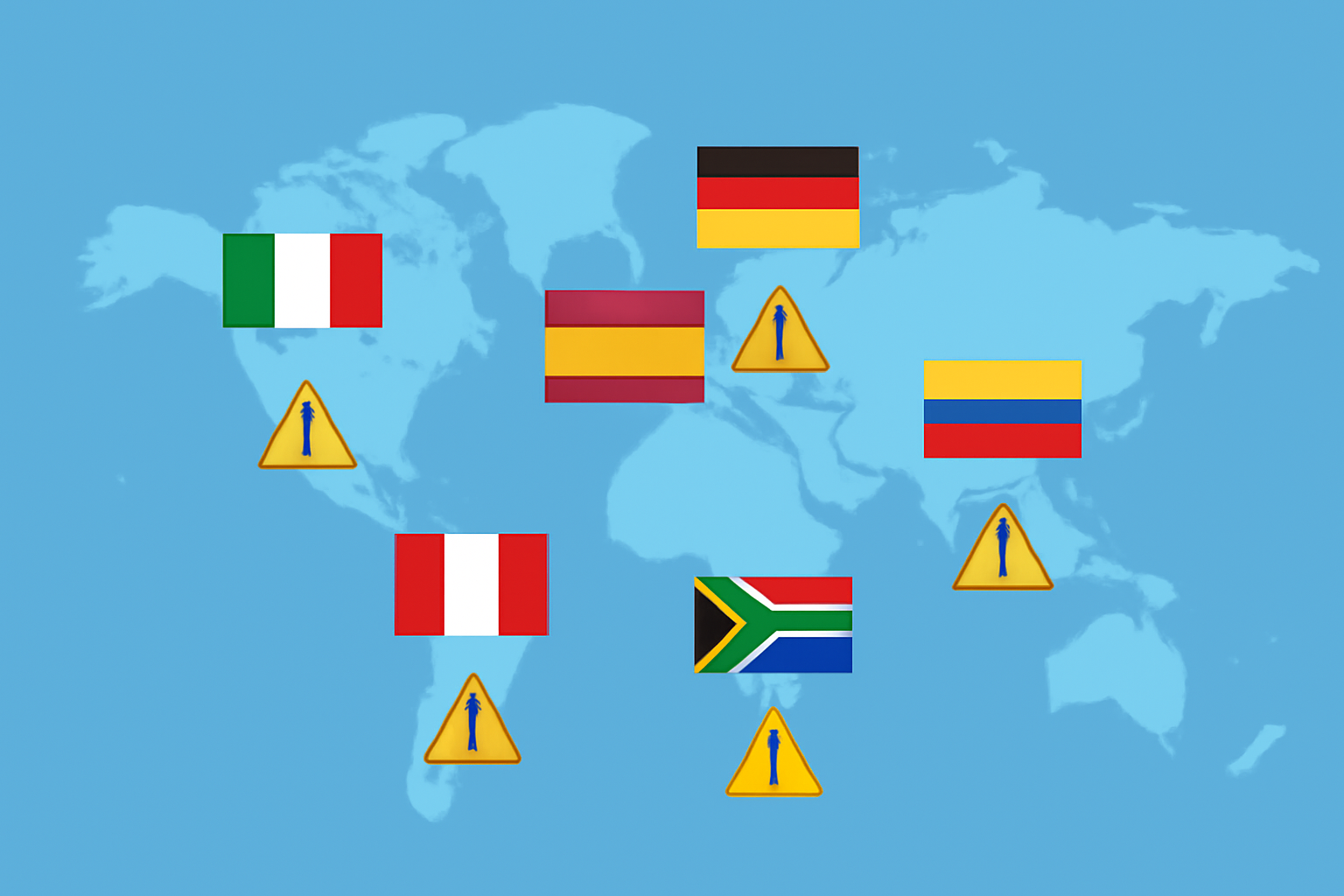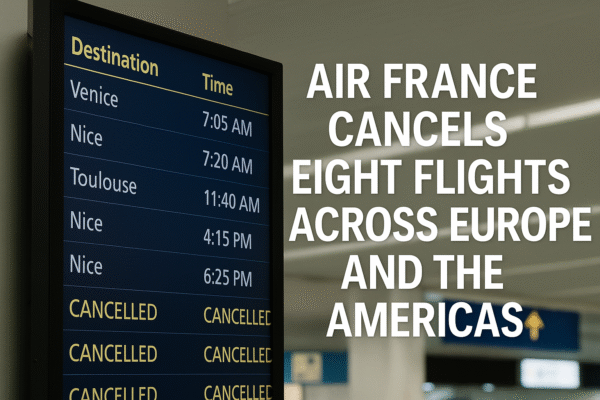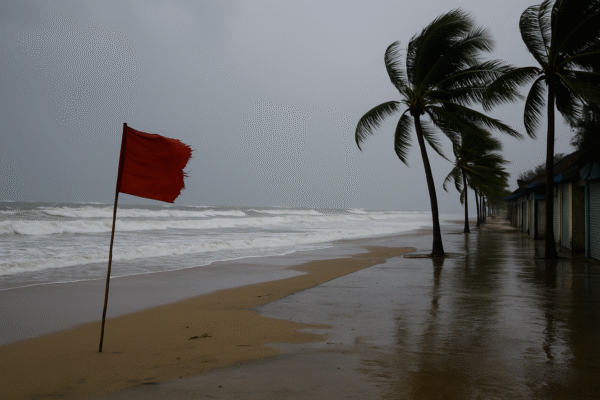As Typhoon Kajiki bears down on central Vietnam, authorities have enacted sweeping measures to shield coastal communities and tourists, suspending ferries, flights, and maritime tourism. The storm, packing winds up to 166 km/h, is expected to make landfall Monday afternoon, prompting extensive evacuations and infrastructure shutdowns across the region.
Evacuations and Airport Closures
The Vietnamese government has launched a large-scale evacuation plan, relocating over 500,000 people from low‑lying and vulnerable coastal areas to safer public shelters. In addition, around 30,000 people have already been moved out of harm’s way.
Air travel has also been drastically impacted. Airports in Thanh Hoa (Tho Xuan) and Quang Binh (Dong Hoi) provinces have been temporarily closed—Tho Xuan from 10 AM to 9 PM, and Dong Hoi from 4 AM to 4 PM on Monday—to protect both equipment and passengers. Major carriers like Vietnam Airlines and Vietjet have canceled dozens of flights in response.
Tourism Suspended: Boats, Beaches, and Businesses
Across central Vietnam, maritime tourism has been completely halted. Authorities have ordered all boats to remain docked, canceled ferry routes, and closed beaches in provinces like Quang Ninh (Ha Long Bay), Thanh Hoa, and Nghe An. This preemptive action aims to mitigate risk before the storm strikes.
Coastal hotels and restaurants are also taking precautions—sandbags are being piled at entrances, and many tourist-oriented businesses are shutting their doors in preparation.
Storm Path and Regional Context
Typhoon Kajiki has already impacted southern China, particularly Hainan Island, where evacuation of approximately 20,000 people occurred. The closure of businesses, tourist sites, and transport in Sanya City underscores the storm’s severity.
Once over open water, Kajiki strengthened and headed westward, bringing its center to roughly 110 kilometres off Vietnam’s northern central coast as of early Monday, with projected landfall near Thanh Hoa and Nghe An provinces. The storm is expected to bring heavy rains, flooding, and landslides—especially in less industrialized, high‑risk provinces that were spared during last year’s deadly Typhoon Yagi.
Tourism Industry Response and Challenges
The abrupt shutdown of coastal tourism hits the region’s economy hard, given its reliance on beach resorts, boat tours, and ferry transit to islands. Tourism operators are now scrambling to reschedule tours and reroute plans for affected visitors, aiming to minimize disruptions while maintaining safety.
This scenario underscores an enduring vulnerability: extreme weather events, fueled by climate change, continue to threaten Vietnam’s coastal tourism reliance. The sector must fortify its resilience—through early warning systems, infrastructure upgrades, and coordinated contingency plans between government and the private sector.
Looking Ahead
As of now, flight schedules remain suspended, seaside venues are closed, and maritime routes are grounded. With the storm expected to make landfall later today, all eyes are on central provinces as emergency services prepare for potential search and rescue operations and post-storm recovery efforts.
Summary Table
| Focus Area | Key Actions Taken |
|---|---|
| Evacuations | Over 500,000 people relocated from coastal areas |
| Airports & Flights | Thanh Hoa & Quang Binh airports closed; flights canceled |
| Sea Tourism | Boats anchored; beaches and ferry services shut down |
| Businesses | Hotels and restaurants boarding up or suspending operations |
| Regional Impact | Hainan Island affected; Sanya closed; Vietnam bracing |
| Industry Implications | Tourism hit; focus on building long-term disaster resilience |
Vietnam’s decisive measures in shutting down coastal tourism, evacuating residents, and suspending transport reflect a proactive and safety-first mindset in the face of Typhoon Kajiki. While these actions result in immediate disruptions, they stand as critical safeguards that could save lives—and hopefully inform a more resilient tourism framework for future storms.
For more travel news like this, keep reading Global Travel Wire



